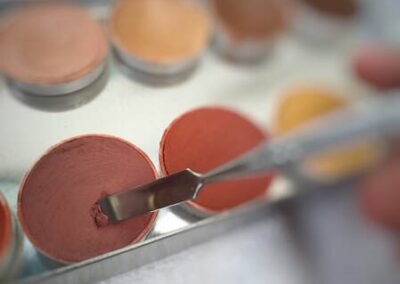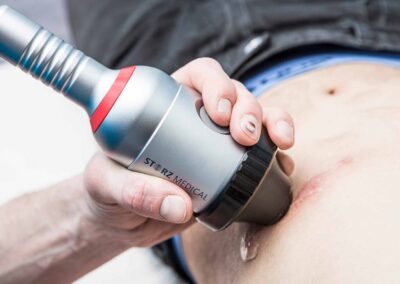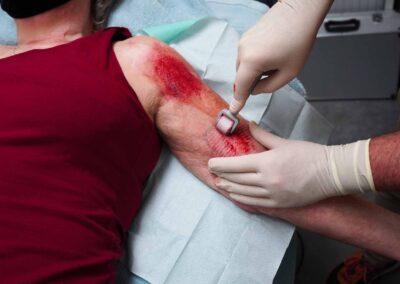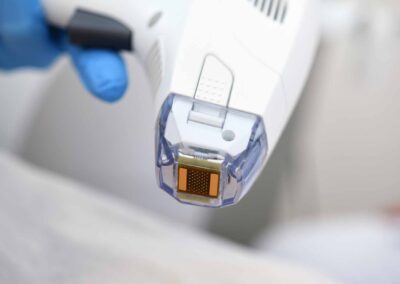Pigmentation
Although local blood supply and pigments such as bile and carotene can contribute to skin tone, the main contribution to human skin colour is melanin.…
Read moreFind a Scar Specialist for Pigmentation

About Pigmentation
Although local blood supply and pigments such as bile and carotene can contribute to skin tone, the main contribution to human skin colour is melanin. This pigmented biopolymer is produced by melanocytes and distributed in the upper layers of the skin and acts as a physical barrier to protect the skin from harmful solar ultraviolet radiation. Pigmentation disorders in scars are a result of abnormal wound healing and depend on the width and depth of the wound. Abnormal pigmentation can make scars much more noticeable. Scars can be hyperpigmented (darker) or hypopigmented (lighter) than your non-scarred skin. Hyperpigmentation is due to a short inflammatory phase early in the wound healing phase of large/deep skin defects by increasing deposits of melanin to regain balance in the skin. Hypopigmentation results from chronic or extended inflammation, oxidative stressors, and exogenous bacterial or viral presence leading to melanocytes (the cells that produce melanin) not able to make pigment. Re-pigmentation of scars also depends on the presence of hair follicles.
Treatment options for Pigmentation
Q-switched lasers, picosecond lasers and microneedling have been effective in the treatment of hyperpigmented scars. Topical creams like hydroquinone and azelaic acid are also often prescribed.
Treatment option for hypopigmented scars include micro-grafting and microneedling combined with a non-cultured autologous epidermal skin cell suspension.
More info about the categories
- Home Treatments: The major part of your scar treatment happens at home. There exists a wide variety of home treatments like pressure therapy, silicone, topicals etc…
- Non Invasive Treatments: Several scar management techniques performed by scar specialist have proven their efficacy and will help you to improve your scar.
- Minimally Invasive Treatments: These treatments have become increasingly popular over the last years. Highly visible results and short recuperation times are responsible for this popularity.
- Surgery: Reconstructive surgery is often seen as the last option after all other treatment options have failed. However, with burn scars it is often a necessary measure.
Below you will find an overview of all possible treatments. Click on the different categories to look for specific types of treatment.








